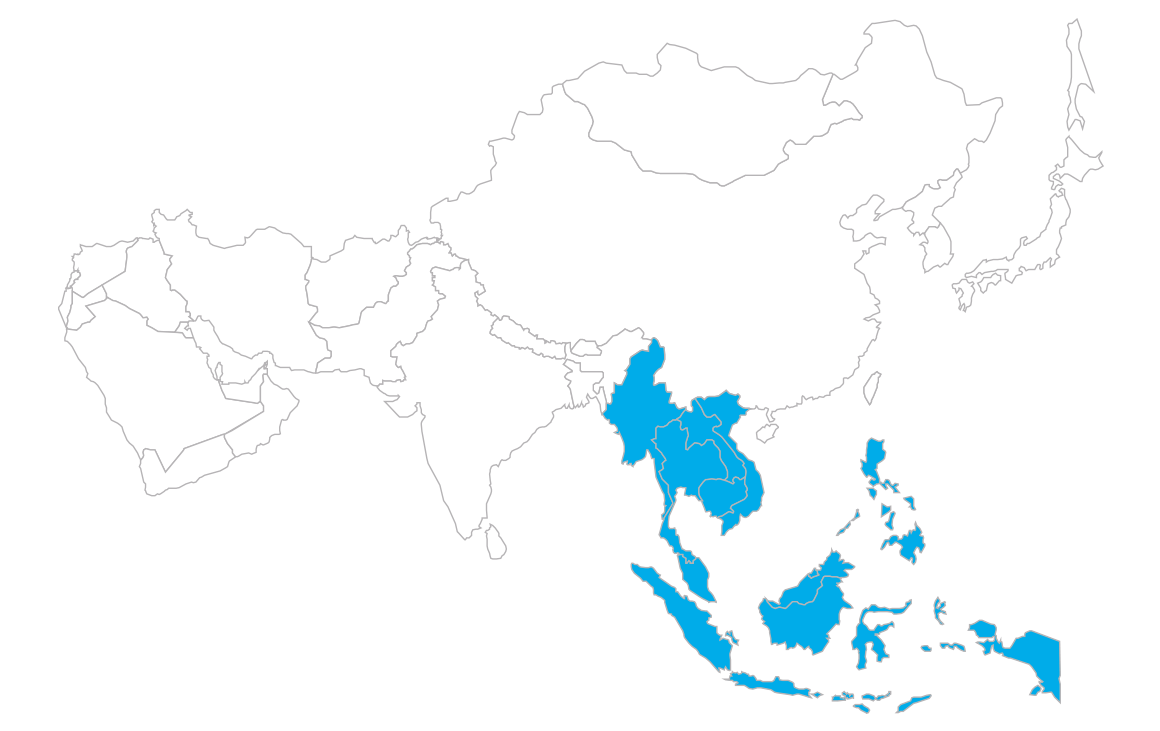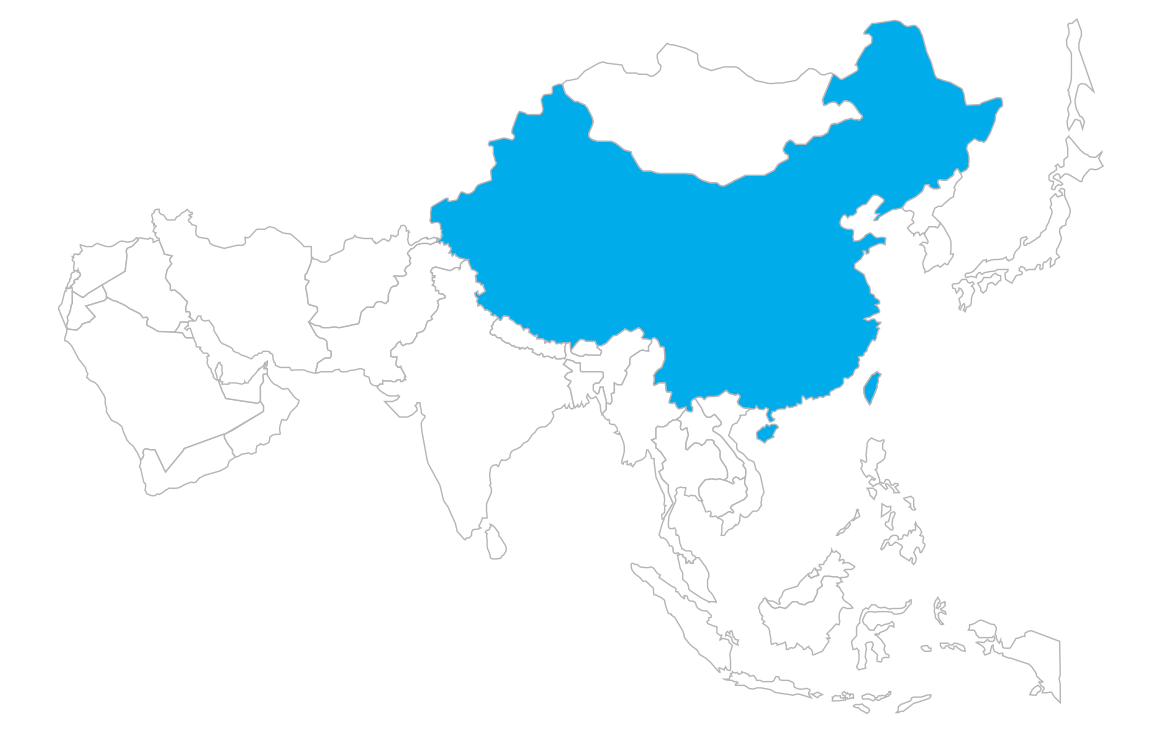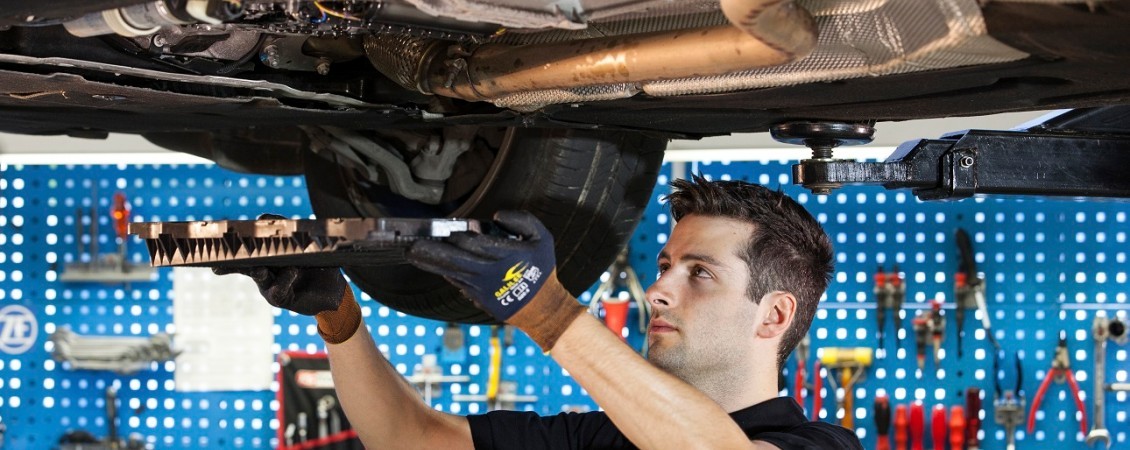1. Before changing the oil
To avoid damaging the transmission, adhere strictly to the vehicle manufacturer's instructions. For example, never run the engine or tow the vehicle without any oil in the transmission.
1. Before changing the oil
To avoid damaging the transmission, adhere strictly to the vehicle manufacturer's instructions. For example, never run the engine or tow the vehicle without any oil in the transmission.








